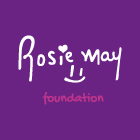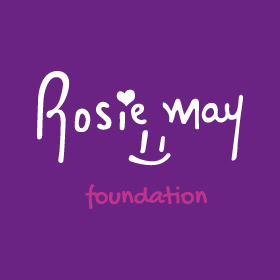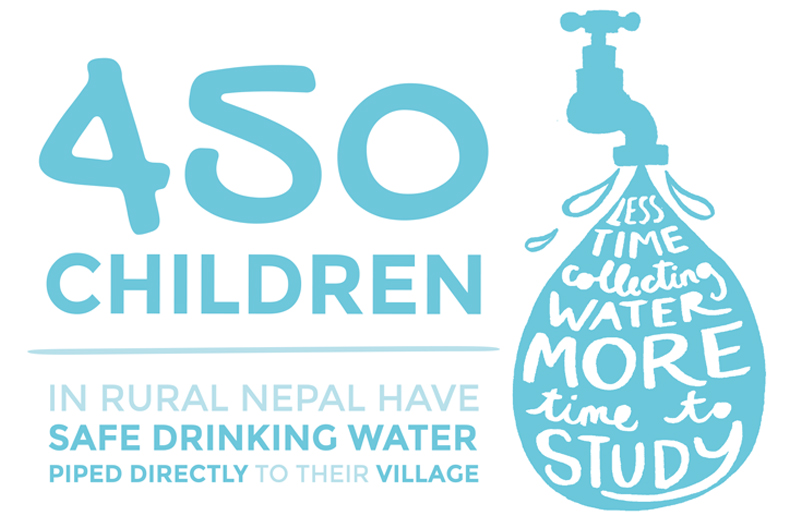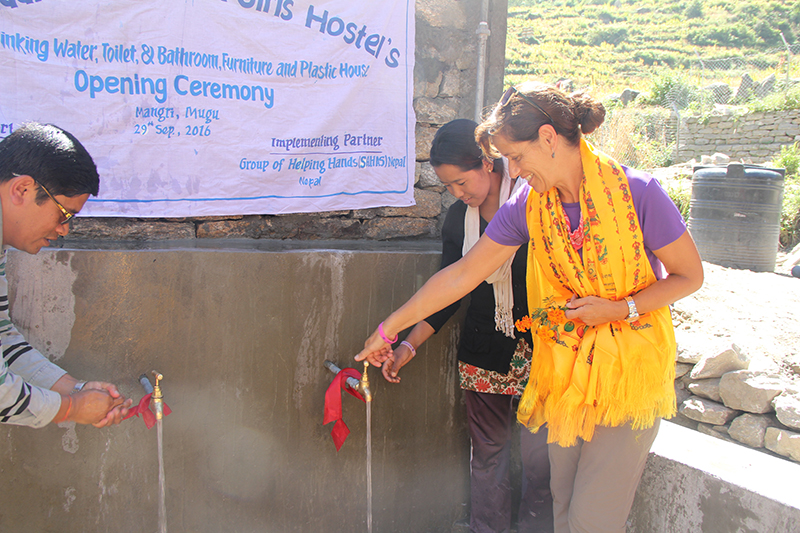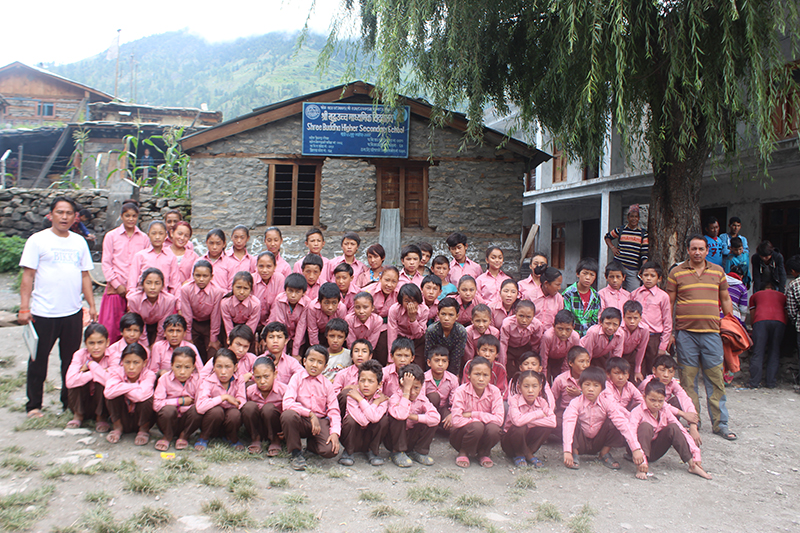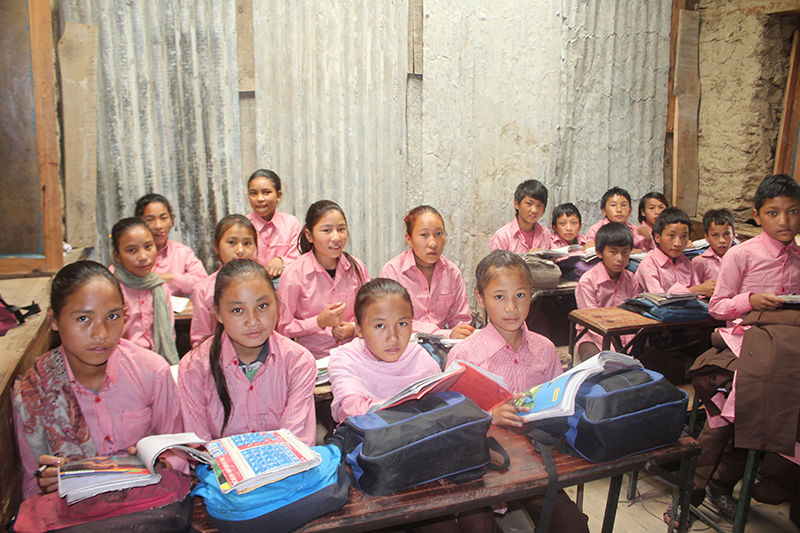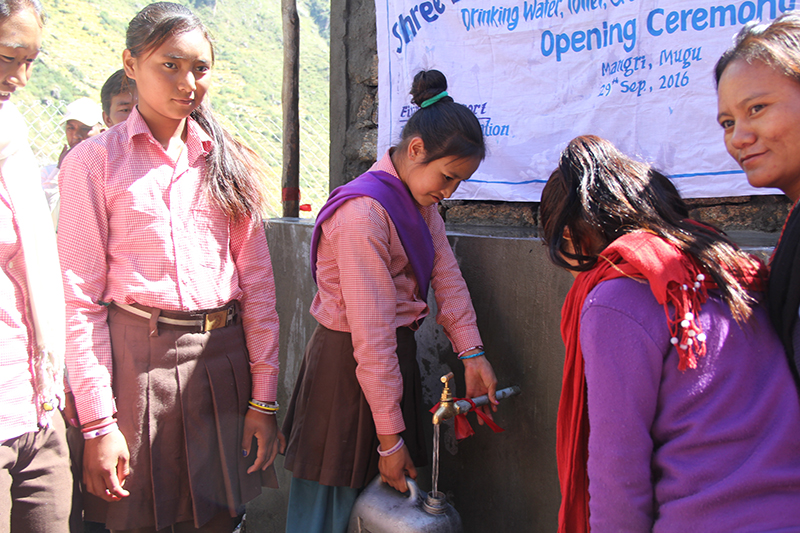The girls in Mangri village were at a huge disadvantage to boys. Collecting water reduced their time studying and bathing in view of the boys put their personal safety at risk.
About Water for Girls
Mangri village is a remote community close to the Tibetan border. Girls would have to walk 3km up and down the mountain, at least twice a day to collect water. They told us they were scared to bathe in an open space because boys would watch them. At their hostel the sanitation facilities were inadequate. When there was a water shortage, other villagers often stopped the girls from collecting water.
In 2016, with our partners, SAHAS Nepal, a community project was initiated with villagers laying a 3km water pipe from higher elevations directly to their village. The pipe is split into two, providing piped water to the 145 households in the village, and directly to the hostel where 65 girls from remote communities live to be able to access secondary education.
The girls hostel was renovated we have delivered:
- Toilets and showers
- Desks to study
- Plastic greenhouse to grow food
- 450 school uniforms were provided to students at Mangri School age 6 to 16 years
Benefits for girls:
- Improved personal hygiene and reduced skin infections
- Personal safety. No risk of sexual abuse or harassment
- More time to study as no need to collect water
- Improved educational attainment
Why is Water for Girls needed?
In remote areas, women have to walk 4-5 hours on average to fetch water (Asia Development Blog)
38% do not have access to basic sanitation facilities (UNGAASDW)
Access to clean water. 700 children under 5 die each year from diarrhoea caused by dirty water and poor toilets (WaterAid)
The 2015 earthquake destroyed 5,200 water supply systems and 220,000 household toilets, leaving 1 million people without safe drinking water (United Nations Dispatch)
Water for Girls works towards these specific UN Sustainable Development Goals:
Water for girls fits with the United Nations Convention on the Rights of the Child:
Article 6- The right to life
Article 24- The right to a high standard of health
Article 27- An adequate standard of living
Article 28- The right to a quality education
Article 29- Goals of education: developing personalities, talents and abilities to the fullest.
Dita’s Story
Dita came to live at the girls hostel because her parents could not afford to pay her transport every day to access secondary school. The hostel had just two toilets for 65 girls, and water for the toilets, cooking and drinking had to be collected every day. The 3km walk up the mountainside in the snow, and during monsoon season was treacherous for Dita. In the summer, when water was scarce, villagers would not let her collect any at all. Now, Dita can shower in the newly built washrooms and no longer has to spend time collecting water. Dita’s dream is to become a doctor, so more time studying will help her achieve her dream.
Where next for Water for Girls?
We remain committed to supporting isolated communities across rural Nepal. Collaborating with our partners, SAHAS Nepal, we will continue to reach out and implementing projects with communities to improve sanitation, hygiene and education standards.
